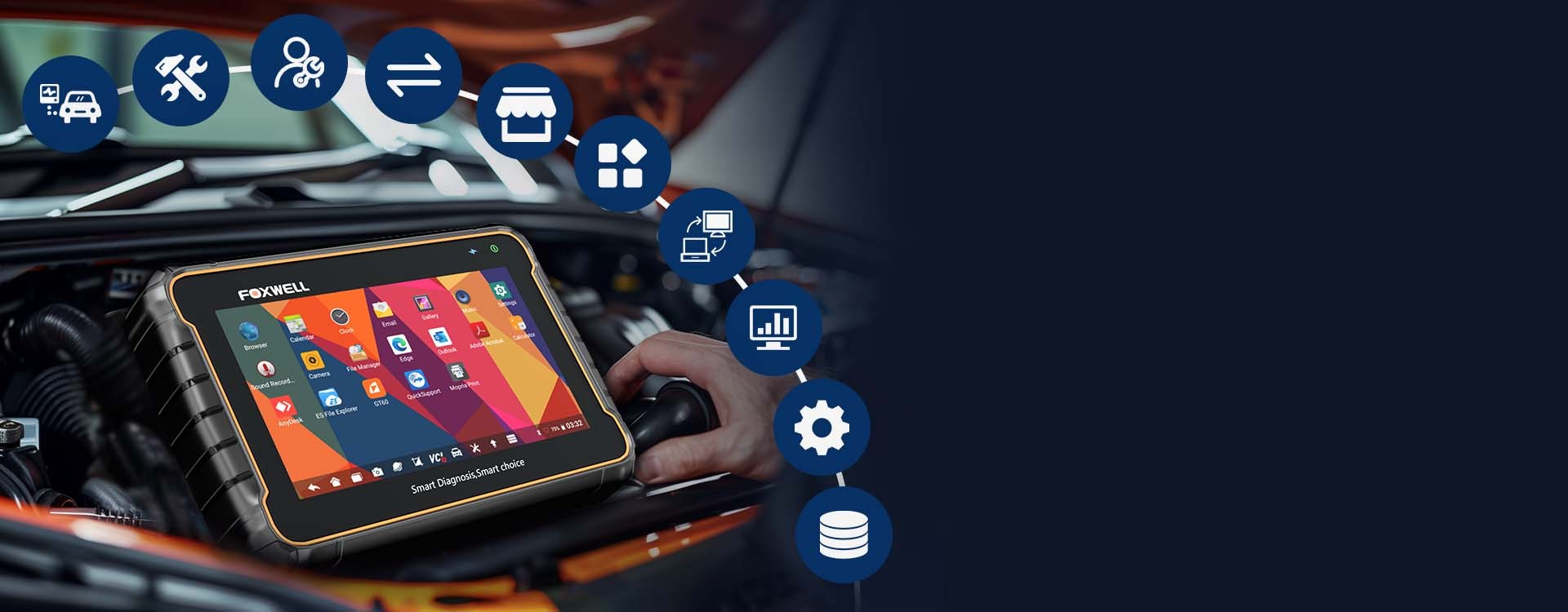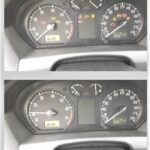Ensuring your car passes an emissions test can be stressful. An OBD2 scanner can provide valuable insights into your vehicle’s emission system readiness, much like getting a sneak peek at exam questions. This guide will detail how to use an OBD2 scanner to check emission readiness and avoid unexpected failures.
Why Check Emission With OBD2 Scanner?
Before diving into the step-by-step process, understanding the importance of checking emission readiness with an OBD2 scanner is crucial. Smog check technicians use equipment that interacts with the same system your OBD2 scanner reads. Using a scanner like the Foxwell GT60 before your smog check allows you to proactively identify potential issues that could lead to failure. This empowers you to address these problems beforehand, ensuring your vehicle operates at peak efficiency and smoothly passes the emission test.
How to Check Emission With OBD2 Scanner: A Step-by-Step Guide
Here’s how to use a Foxwell GT60 to ensure your car is ready for an emissions test:
1. Connect the OBD2 Scanner
Locate your car’s OBD2 port, usually under the dashboard near the steering wheel. Connect the Foxwell GT60 scanner. Turn on the ignition without starting the engine. The GT60 will power on automatically upon connection, and its touchscreen interface simplifies the process.
2. Access I/M Readiness Monitors
Navigate to the “I/M Readiness” section, designed to evaluate your car’s emission systems. The GT60 clearly displays the status of each system, indicating whether it’s ready or requires attention. It provides detailed information on vital components like the oxygen sensor, catalytic converter, and EVAP system, all essential for passing a smog check.
3. Interpret the Monitor Status
Each monitor in the I/M Readiness section will display as “Ready,” “Not Ready,” or “Incomplete.” For a successful smog inspection, most monitors should be “Ready.” The GT60’s intuitive interface simplifies interpreting these results, providing a clear picture of your vehicle’s readiness.
4. Diagnose Potential Issues
If any monitors show “Not Ready,” the GT60 helps pinpoint the problem. It identifies malfunctioning systems and diagnoses potential issues hindering their proper operation. The comprehensive trouble codes section provides detailed explanations, enabling you to understand the problem and take corrective action. For example, a “Not Ready” EVAP monitor might indicate leaks or malfunctions within the EVAP system.
5. Take Corrective Action
If all monitors are “Ready,” your car should pass the smog check. If not, further driving might be necessary to allow the car’s computer to gather sufficient data. Following the manufacturer-recommended drive cycle, which includes specific driving conditions, can help reset these monitors. The Foxwell GT60 offers code-clearing capabilities for efficient retesting after addressing issues.
6. Recheck Readiness Monitors
After addressing issues and driving, use the GT60 to recheck the readiness monitors. Its user-friendly interface and “Not Ready” indicator make it easy to verify if previously incomplete monitors have achieved readiness status, confirming your car’s preparedness for the smog inspection.
7. Seek Professional Help if Needed
If “Not Ready” statuses or unresolved trouble codes persist, consult a professional. The Foxwell GT60 provides comprehensive diagnostic data you can share with your mechanic, facilitating quicker and more efficient troubleshooting.
Common Mistakes to Avoid
Avoid these common pitfalls when using an OBD2 scanner:
- Clearing Codes Before the Smog Check: This resets readiness monitors, requiring more time for completion. Focus on fixing underlying issues instead.
- Disconnecting the Battery: This resets the car’s computer and readiness monitors, necessitating driving several miles before rechecking.
- Relying on Short Drives: Short drives won’t reset monitors. Your car needs varied driving conditions, including highway driving, for complete checks.
Tips for Passing the Smog Check
- Regular Maintenance: Maintain components like spark plugs, air filters, and oxygen sensors to prevent smog check failures.
- Warm-Up: Drive for about 20 minutes before the test to ensure optimal operating temperature.
- Address Issues Promptly: Fix trouble codes and “Not Ready” monitors immediately to prevent escalation.
Conclusion
The Foxwell GT60 OBD2 scanner is an invaluable tool for ensuring your vehicle meets emission requirements. By following this guide and utilizing the scanner’s features, you can confidently prepare for your smog check, knowing you’ve taken proactive steps to ensure compliance. A reliable OBD2 scanner empowers you to maintain your vehicle’s emission system and avoid unexpected failures.


